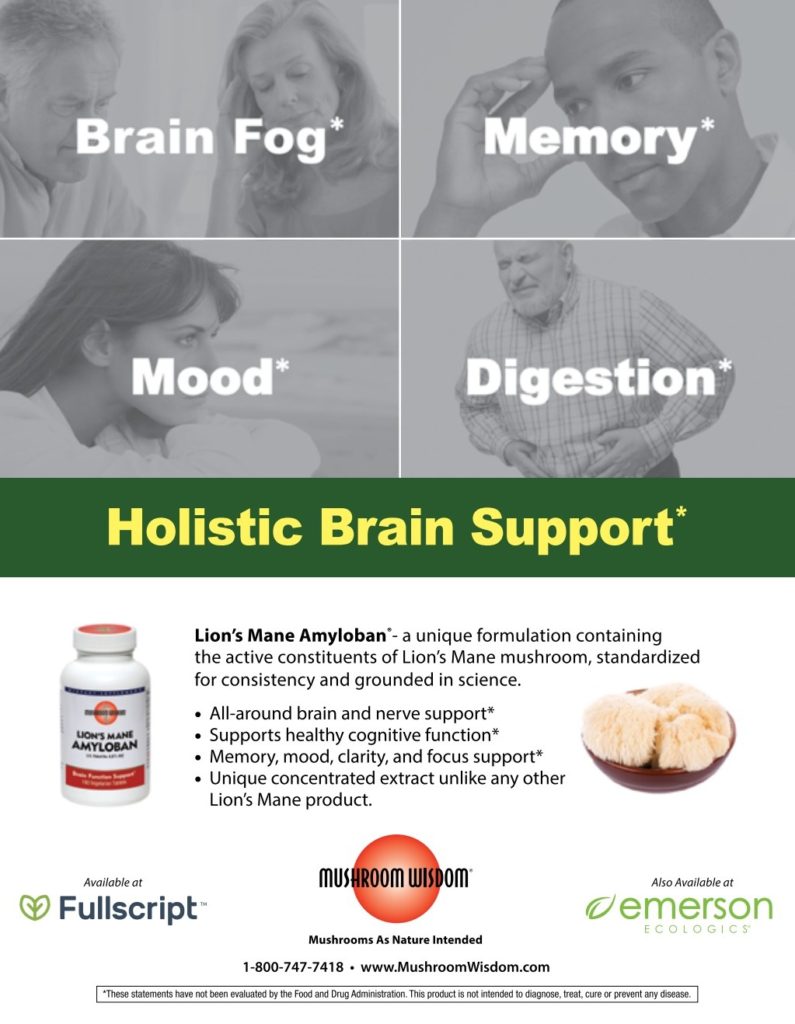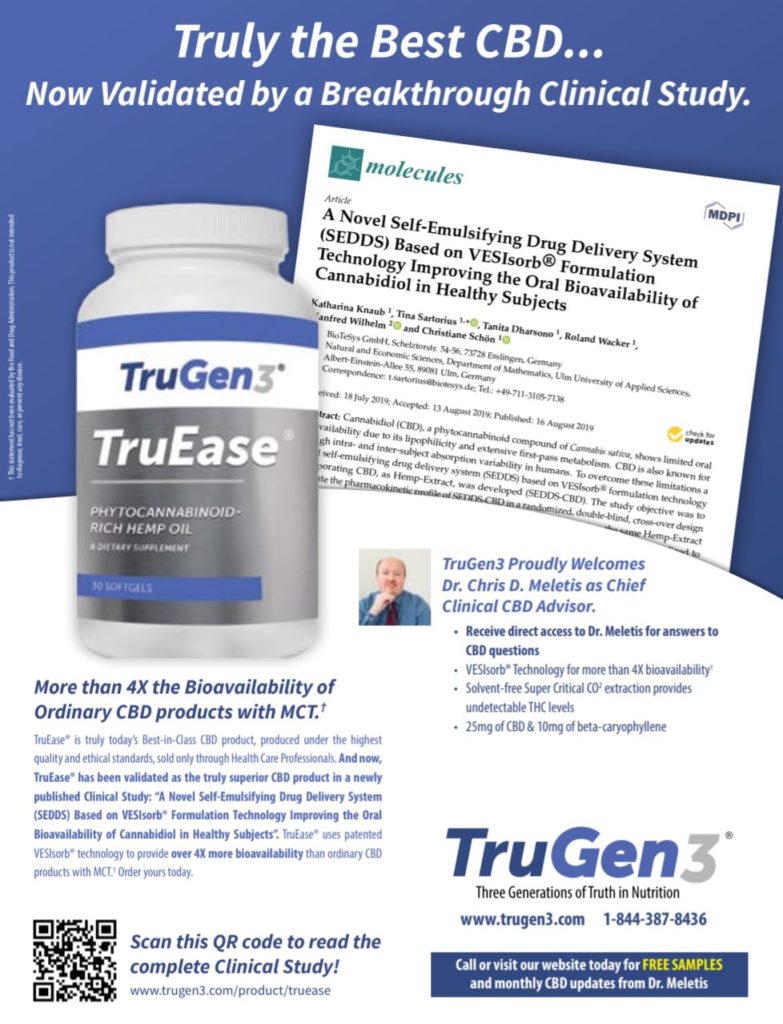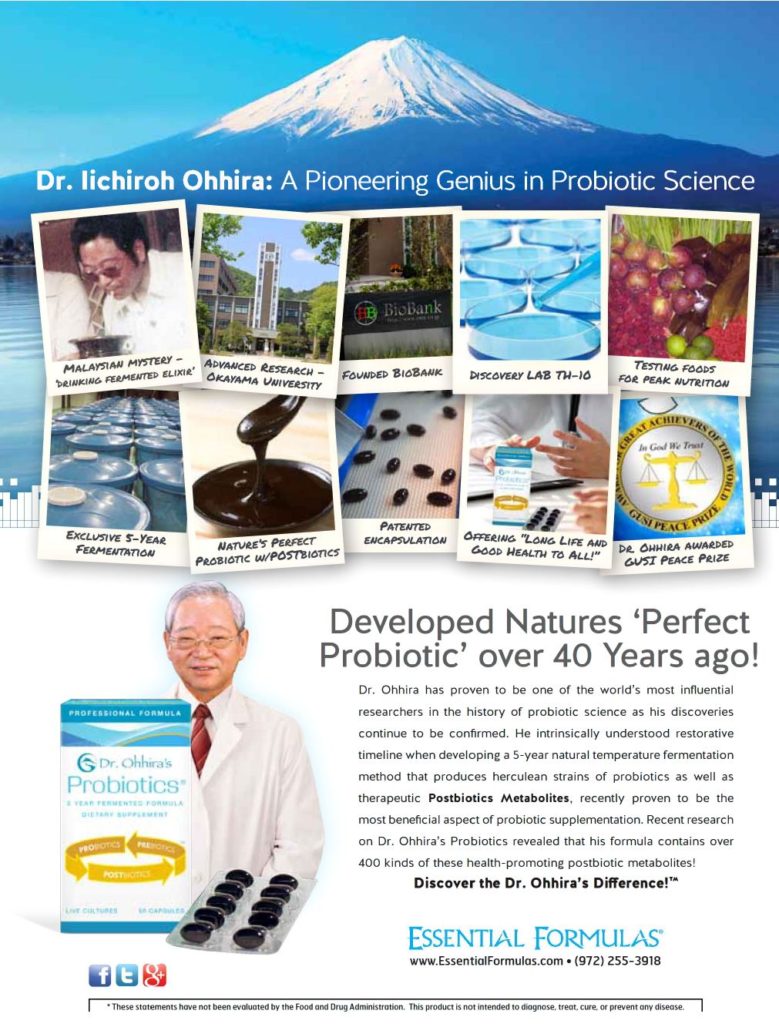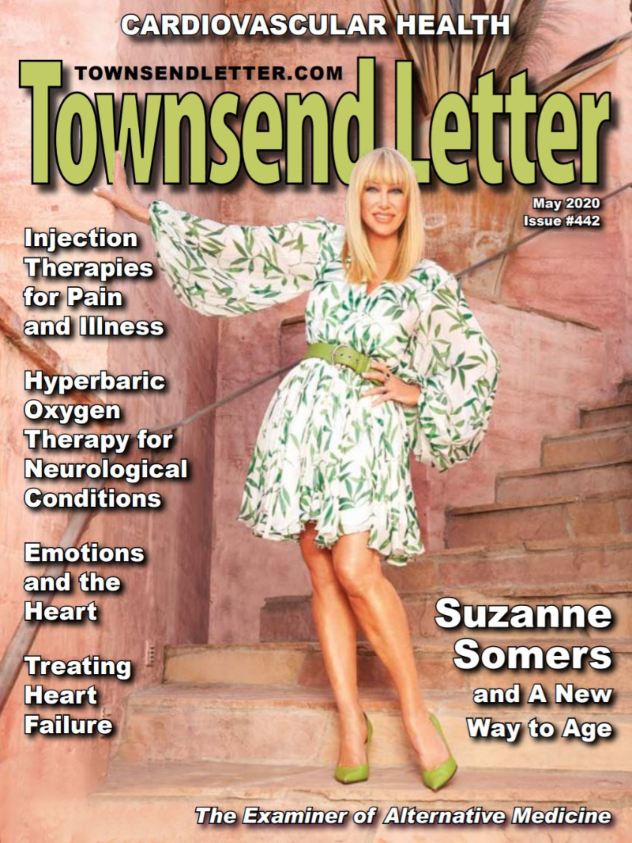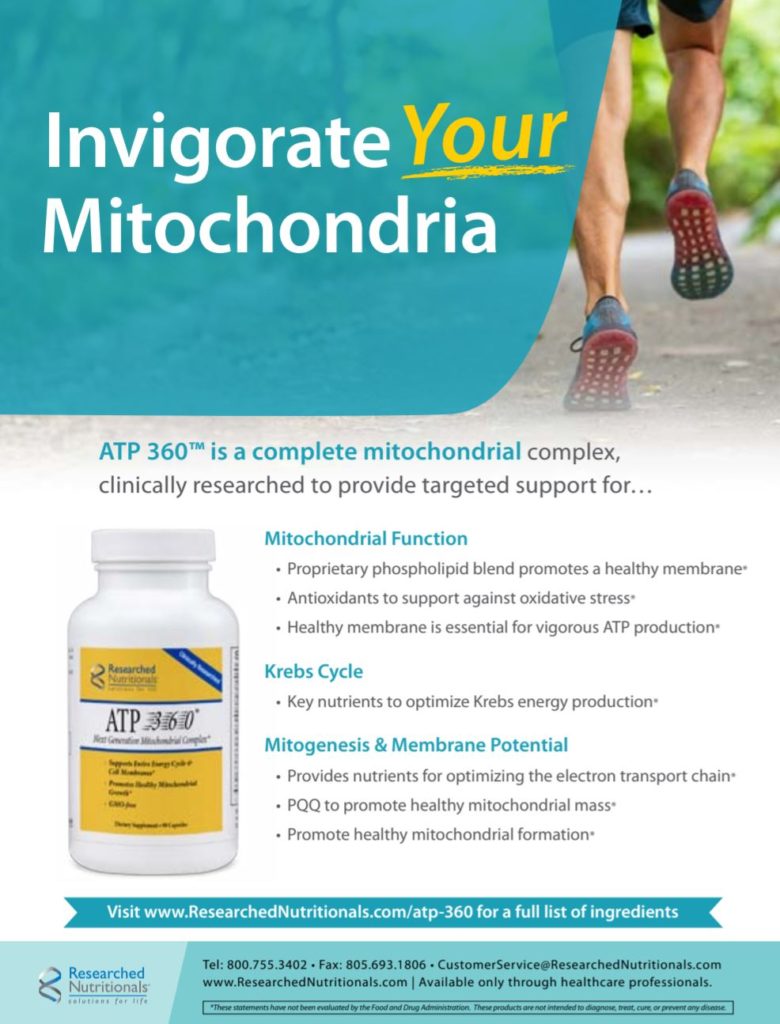by Jacob Schor, ND, FABNO
With the many rapid, recent, and near miraculous medical advances in cardiac catherization, angioplasty, stent placement and ablation, it’s easy to view the heart’s pathology as either a matter of bad plumbing, or bad wiring. We forget the old understanding that our heart is the seat of our emotions and that things other than atherosclerotic plaque can injure our hearts.
We know this intuitively; just look at the words we use to express emotions. I miss a dear friend, and this causes me heartache. I feel love; my heart feels full. Sadness tears at my heart. Other organs do not lend themselves to emotional states. My stomach doesn’t love anyone…though admittedly it may crave certain foods from time to time. My bladder may feel full and even insistent, but it is just urine and is not a measure of either happiness or sadness. Sitting next to a friend can fill my heart. Their departure can leave a hole in that same organ. Thinking of lost loves breaks my heart. And there are people, hopefully no one we know, people unlucky in love, who may die of a broken heart.
I’m pondering this after reading a recent research paper on Takotsubo syndrome by Christian Templin and colleagues published in March 2019 in the European Heart Journal.1 In a collaboration between neuroscientists and cardiologists, functional MRI brain scans were run on people who had survived Takotsubo syndrome in the past, comparing them with scans from healthy controls.
Takotsubo syndrome is perhaps the most critical physical expression of this idea that emotions are felt in the heart phenomenon. Takotsubo is a life-threatening reaction to intensely strong emotions. When someone dies of a broken heart, this is not just a figure of speech; this is Takotsubo syndrome.
Takotsubo syndrome was first described in 1991 by Japanese doctors who reported five cases of transient multivessel coronary spasm. The disease manifests predominantly in postmenopausal females. “In about 75% of cases there are emotional triggers such as severe physical or emotional stress, natural disasters such as earthquakes, unexpected death of relatives, acute medical illnesses….” The common scenario is that the stress is a romantic breakup or the death of a spouse. The symptoms mimic a heart attack: chest pain, shortness of breath, even congestive heart failure. This association has earned Takotsubo the nickname, ‘broken heart’ syndrome.2 The heart muscle balloons into a distinctive shape resembling, at least to the Japanese doctors who came up with a name, the clay pots used in Japan to trap octopus. Takotsubo pots have a wide base and long narrow necks; and apparently once the octopus enters, it can’t figure out how to get back out of the pot.3
This syndrome usually resolves on its own within a few weeks, but the acute period can be severe enough to cause heart failure, arrhythmia, and death. People literally do die of a broken heart.
Coming back to Templin’s functional MRI study, the researchers recruited fifty-four subjects to study. Of these, 15 had survived Takotsubo syndrome within the past year or so. (the median survival time was 378 days). The other 39 subjects were matched healthy controls. Let’s skip the details of how these brain scientists tested the subjects’ neurologic function. Put simply, the researchers defined four different sets of brain regions that allowed for analysis of how and to what extent different areas of the brain were simultaneously activated and communicating with each other. These networks were compared in the Takotsubo survivors and healthy controls.
In the healthy volunteers, the parts of the brain associated with the sympathetic and parasympathetic nervous systems lit up at the same time as emotions. The communication among those areas was relatively slight in the Takotsubo survivors. Parasympathetic- and sympathetic-associated subnetworks both showed reduced resting state functional connectivity in Takotsubo survivors compared with controls. The dimmed neuronal activity was most notable between the brain regions that control the sympathetic and parasympathetic nervous systems; the physiological calming that should occur after stress was apparently less likely to take place. In other words, broken heart survivors had greater difficulty telling their hearts to calm down after being stimulated by intense emotions.
These results may bring us closer toward an explanation of how emotions effect health, in particular cardiovascular health; so, while I tend to yawn when the term ‘functional MRI’ comes up, I’m paying attention.
Takotsubo syndrome is perhaps the most critical physical expression of this idea that the heart feels emotional pain. Takotsubo is a life-threatening reaction to intensely strong emotions; when someone dies of a broken heart, this is not just a figure of speech, this is Takotsubo syndrome.
The etiology of Takotsubo syndrome is still unclear, but the most plausible explanation is that the sudden release of stress hormones, such as norepinephrine, epinephrine, and dopamine, stuns the heart. This triggers changes in the cardiac myocytes that hinder coronary perfusion. Stress hormone levels have been measured in Takotsubo patients that are double or triple the normal range.4 Such elevated hormones cause left ventricular contractile dysfunction.5 Because the beta-adrenergic receptors are the most concentrated in the apical region of the heart, that area is most affected and that part of the heart changes shape more. Many of the Takotsubo features can be triggered just by giving high doses of catecholamines and beta-adrenergic agonists.6 Following this line of thinking, betablockers are used in managing this syndrome.
Estrogen provides protection to the heart7; and since more than 90% of Takotsubo patients are postmenopausal women, this suggests that estrogen may provide some protection.8 Studies have shown that lack of estrogen replacement therapy may predispose women to developing Takotsubo syndrome.9,10
Templin et al’s findings suggest that broken heart syndrome may actually begin in the brain, the result of an uncontained overreaction to emotions and an inability to dampen them. Whether it is the stress that changes the brain or whether the brains of people who develop this syndrome started out different, predisposed to handle stress poorly, is not clear. Earlier, somewhat simpler studies have also suggested that these survivors possess a weakened parasympathetic ability to moderate the stress brought on by intense emotions.
Back in 2016, writing in the American Journal of Cardiology, Norcliffe-Kaufmann et al reported they had characterized autonomic function in 10 women with a history of Takotsubo comparing them with an equal number of healthy controls. These researchers used more traditional assessment tools including baroreflex stimulation (Valsalva maneuver and tilt testing), cognitive stimulation (Stroop test), and emotional stimulation (event recall, patients). Ambulatory blood pressure monitoring and measurement of brachial artery flow-mediated vasodilation were also performed. Their testing was performed an average of 37 months after the Takotsubo event. Even three years later, these Takotsubo survivors had excessive sympathetic responsiveness and reduced parasympathetic modulation of heart rate.11
A second paper published in 2016 used functional MRIs to monitor four Takotsubo survivors comparing them with eight healthy volunteers while they underwent various autonomic challenges. Similar conclusions were reached: “The central autonomic response to autonomic challenges is altered in patients with Takotsubo cardiomyopathy, thus suggesting a dysregulation of the central autonomic nervous system network…. [It is unclear] whether these alterations are causal or predisposing factors to Takotsubo cardiomyopathy.”12
Lazzeroni et al reported similar findings in 2017 after comparing autonomic function in 24 Takotsubo patients, 25 healthy subjects and 22 post-MI patients. Once again, Takotsubo survivors “…showed a blunted parasympathetic reactivation after exercise, similar to that observed in post-MI patients, thereby suggesting that vagal control of heart rate after exercise is abnormal long after the acute presentation of TS [Takotsubo syndrome].” Thus, although “…exaggerated sympathetic stimulation plays a role in the development of Takotsubo syndrome (TS) during the acute phase,” parasympathetic function continues to be weak long after the episode.13
The question remains. Is this weakened parasympathetic response the result of the Takotsubo episode or is it causal? Was it there prior to the episode? Does a weakened parasympathetic system leave these patients vulnerable to heart break? Or, did the heart episode cause the problem in function? Is the parasympathetic weakness we find just collateral damage from the experience?
This raises somewhat parallel questions about depression and cardiac disease.
Symptoms of depression are about three times more common in patients after an acute heart attack than in the general population, which strongly suggests a link between depression and heart disease.14
May et al for their 2017 report, followed 24,137 patients with coronary artery disease (CAD). At follow-up, 3,646 of their group (15%) were diagnosed as depressed. During the next decade about 40% of the larger cohort died. In those diagnosed with depression, 50% had died while only 38% of those not depressed had died. A depression diagnosis at any time following CAD diagnosis was associated with a two-fold higher risk of death. Being depressed was the strongest predictor of death in those diagnosed with CAD, doubling risk of death.15
A study by Liu et al, published in April 2019, examined data from 32, 345 people in the US and evaluated how depression and anxiety affect risk of coronary artery disease (CAD). Here too, depression or anxiety were associated with double the risk of developing CAD. Treating and reducing the severity of either psychological disorder was associated with lower risk of CAD.16
There are hints that depressed cardiovascular patients differ deeply from those that aren’t depressed. Williams et al reported in March 2019 that, “Depressed cardiovascular patients had higher serotonin receptor density, and significantly higher incidence of major and minor cardiac adverse events” than non-depressed cardiac patients. Something appears to shift in the very biology of these patients.17 This may be why treating these depressed patients with serotonin reuptake inhibitors (SSRIs) is more effective at reducing major cardiovascular events than antidepressants that do not target serotonin pathways.18
Depressed cardiac patients may also look and feel depressed for another reason.
“Patients with depressive symptoms directly after MI have a flattened diurnal serum cortisol profile. This is particularly expressed in patients with longer lasting symptoms.”19 It is a challenge even for an experienced practitioner to differentiate flattened cortisol from frank depression. Few cardiologists will probably even think to make the distinction between the two conditions.
These associations between cardiac disease and depression beg the question: Will treating the depression improve the cardiac disease prognosis? Rahmani et al reported in 2018 that it might help. They report that taking part in cardiac rehabilitation programs following coronary angiography is associated with less depression. Patients who do not take part in rehab are nearly 11 times more likely to be depressed.20 One might reasonably argue, though, that the more depressed someone is, the less likely they will be to get around to attending these sessions.
There’s another new paper suggesting that the post-cardiac disease depression is deep in the physiology. Bremner et al reported that there are specific changes in brain function in depressed cardiac patients. Depressed CAD patients had “…increased parietal cortex activation and a relative failure of medial prefrontal/anterior cingulate activation during mental stress compared to CAD patients without depression.” The authors of this study consider their findings,
“…consistent with a role for brain areas implicated in stress and depression in the mechanism of increased risk for CAD morbidity and mortality in CAD patients with the diagnosis of major depression.”21 In other words, they are thinking depression may lead to CAD.

A year earlier in 2018, the same authors, Bremner et al, describe a situation reminiscent of Takotsubo: “… mental stress-induced myocardial ischemia is associated with activation in brain areas involved in the stress response and autonomic regulation of the cardiovascular system. Altered brain reactivity to stress could possibly represent a mechanism through which stress leads to increased risk of CAD-related morbidity and mortality.”22
A decade or so back this association between stress and heart disease was used to justify interventions that hoped to increase resilience in patients and so reduce the impact of heart disease. Dimsdale wrote in 2008, “There is nonetheless overwhelming evidence both for the deleterious effects of stress on the heart and for the fact that vulnerability and resilience factors play a role in amplifying or dampening those effects. Numerous approaches are available for stress management that can decrease patients’ suffering and enhance their quality of life.”23
Sadly, these attempts at stress management and other psychological interventions have not proven to be terribly fruitful in preventing heart disease. Machado et al, in an umbrella study published in 2018, (An umbrella study in case you wondered, is apparently the term used to describe a meta-analysis of prior meta-analyses) wrote: “A causal effect of depression on all-cause and cause-specific mortality remains unproven, and thus interventions targeting depression are not expected to result in lower mortality rates at least based on current evidence from observational studies.”24
A 2017 Cochrane review was even less supportive of this approach of treating depression to reduce impact of CAD. The reviewers reported that for people with CHD, there was no evidence that psychological treatments had an effect on total mortality, the risk of revascularization procedures, or on the rate of non-fatal MI. However, there was some positive news: the rate of cardiac mortality was reduced and psychological symptoms (depression, anxiety, or stress) were alleviated.25
There is one additional 2016 study on Takotsubo patients that is worth mentioning. Marfella and colleagues in Naples treated 48 people diagnosed in their hospital with Takotsubo by giving them 600 mg per day of alpha lipoic acid or placebo after they were discharged. The patients were followed for 12 months. As in other studies, changes in heart function persisted long after the initial episode. However, treatment with lipoic acid improved the adrenergic cardiac innervation.26 If lipoic acid helps prevent heart damage in Takotsubo, might it also ameliorate depression in CAD patients? This supplement is already suggested for treating CVD27 and for depression in general.28
A trial published in early 2020 compared two groups of heart patients: 68 who had experienced Takotsubo syndrome with 68 who had suffered myocardial infarction, assessing disease-related quality of life, depression, anxiety, chronic stress, social support, resilience, and life events prior to disease onset. Both groups displayed higher scores in depression and anxiety, higher levels of chronic stress, and lower scores in physical and mental quality of life in comparison to normal people, though no differences were seen between the two patient groups. Within both groups, the majority of patients (Takotsubo: 69.1%; MI: 60.3%) reported stressful life events prior to disease onset. In both patient groups, the number of events had a significant impact on long-term mental health and chronic stress.29 The bottom line seems to be that both diseases have a lasting negative impact on mental health.
Depression in cardiac patients is common and a bad sign to see. This is one of those chicken and egg situations. Which came first? Does injury to the heart release chemicals that make people feel depressed, or does depression release chemicals in the body that promote heart injury? Or is it a two-way street that the poor chicken is trying to cross? At this point the science is unclear so we might as well look both ways. If we treat depression and improve heart function, it’s not the end of the world. And if we treat cardiac disease and accidentally cheer people up, once again, it’s not the end of the world. Though if you talk to people with heart disease, some of them will act as if it is the end of the world. Those are the depressed ones, those we need to worry about the most.
References
1. Templin C, et al. Altered limbic and autonomic processing supports brain-heart axis in Takotsubo syndrome. Eur Heart J. 2019 Mar 5. pii: ehz068.
2. Dote K, et al. [Myocardial stunning due to simultaneous multivessel coronary spasms: a review of 5 cases]. J Cardiol. 1991;21(2):203-14.
3. Gianni M, et al. Apical ballooning syndrome or takotsubo cardiomyopathy: a systematic review. Eur Heart J. 2006 Jul;27(13):1523-9.
4. Wittstein IS, et al. Neurohumoral features of myocardial stunning due to sudden emotional stress. N Engl J Med. 2005 Feb 10;352(6):539-48.
5. Lyon AR, et al. Stress (Takotsubo) cardiomyopathy–a novel pathophysiological hypothesis to explain catecholamine-induced acute myocardial stunning. Nat Clin Pract Cardiovasc Med. 2008 Jan;5(1):22-9.
6. Paur H, et al. High levels of circulating epinephrine trigger apical cardiodepression in a β2-adrenergic receptor/Gi-dependent manner: a new model of Takotsubo cardiomyopathy. Circulation. 2012 Aug 07;126(6):697-706.
7. Moolman JA. Unravelling the cardioprotective mechanism of action of estrogens. Cardiovasc Res. 2006 Mar 01;69(4):777-80.
8. Khalid N, et al. Racial and gender disparities among patients with Takotsubo syndrome. Clin Cardiol. 2019 Jan;42(1):19.
9. Kuo BT, Choubey R, Novaro GM. Reduced estrogen in menopause may predispose women to takotsubo cardiomyopathy. Gend Med. 2010 Feb;7(1):71-7.
10. Khalid N, Chhabra L. Pathophysiology of Takotsubo Syndrome. [Updated 2019 Feb 5]. In: StatPearls [Internet]. Treasure Island (FL): StatPearls Publishing; 2019 Jan-. Available from: https://www.ncbi.nlm.nih.gov/books/NBK538160/
11. Norcliffe-Kaufmann L, et al. Autonomic Findings in Takotsubo Cardiomyopathy. Am J Cardiol. 2016 Jan 15;117(2):206-13.
12. Pereira VH, et al. Central autonomic nervous system response to autonomic challenges is altered in patients with a previous episode of Takotsubo cardiomyopathy. Eur Heart J Acute Cardiovasc Care. 2016 Apr;5(2):152-63.
13. Lazzeroni D, et al. Autonomic function in Takotsubo syndrome long after the acute phase. Int J Cardiol. 2017 Mar 15;231:222-224.
14. https://uihc.org/health-topics/understanding-link-between-depression-and-heart-disease
15. May HT, et al. The association of depression at any time to the risk of death following coronary artery disease diagnosis. Eur Heart J Qual Care Clin Outcomes. 2017 Oct 1;3(4):296-302.
16. Liu H, et al. Relationship between major depressive disorder, generalized anxiety disorder and coronary artery disease in the US general population. J Psychosom Res. 2019 Apr;119:8-13.
17. Williams MS, et al. Platelet serotonin signaling in patients with cardiovascular disease and comorbid depression. Psychosom Med. 2019 Mar 7.
18. Iasella CJ, et al. Effect of Selective Serotonin Reuptake Inhibitors on Cardiovascular Outcomes After Percutaneous Coronary Intervention: A Retrospective Cohort Study. Clin Drug Investig. 2019 Mar 21.
19. Wilkowska A, et al. Morning and afternoon serum cortisol level in patients with post-myocardial infarction depression. Cardiol J. 2017 Oct 24.
20. Rahmani R, Rahimi L, Shafiee A. Effect of cardiac rehabilitation programme following elective percutaneous coronary angiography on depressive symptoms: A cohort study. Indian Heart J. 2018 Nov – Dec;70(6):783-787.
21. Bremner JD, et al. Brain mechanisms of stress and depression in coronary artery disease. J Psychiatr Res. 2019 Feb;109:76-88.
22. Bremner JD, et al. Brain Correlates of Mental Stress-Induced Myocardial Ischemia. Psychosom Med. 2018 Jul/Aug;80(6):515-525.
23. Dimsdale JE. Psychological Stress and Cardiovascular Disease. J Am Coll Cardiol. 2008 Apr 1; 51(13): 1237–1246.
24. Machado MO, et al. The association of depression and all-cause and cause-specific mortality: an umbrella review of systematic reviews and meta-analyses. BMC Med. 2018 Jul 20;16(1):112.
25. Richards SH, et al. Psychological interventions for coronary heart disease. Cochrane Database Syst Rev. 2017 Apr 28;4:CD002902.
26. Marfella R, et al. Effects of α-lipoic acid therapy on sympathetic heart innervation in patients with previous experience of transient takotsubo cardiomyopathy. J Cardiol. 2016 Feb;67(2):153-61.
27. Skibska B, Goraca A. The protective effect of lipoic acid on selected cardiovascular diseases caused by age-related oxidative stress. Oxid Med Cell Longev. 2015;2015:313021.
28. Salazar MR. Alpha lipoic acid: a novel treatment for depression. Med Hypotheses. 2000 Dec;55(6):510-2.
29. Olliges E, et al. Psychosocial and physical long-term outcome in patients with a history of takotsubo cardiomyopathy or myocardial infarction – a multi-centered case control study. Psychol Health Med. 2020 Jan 30:1-15.


